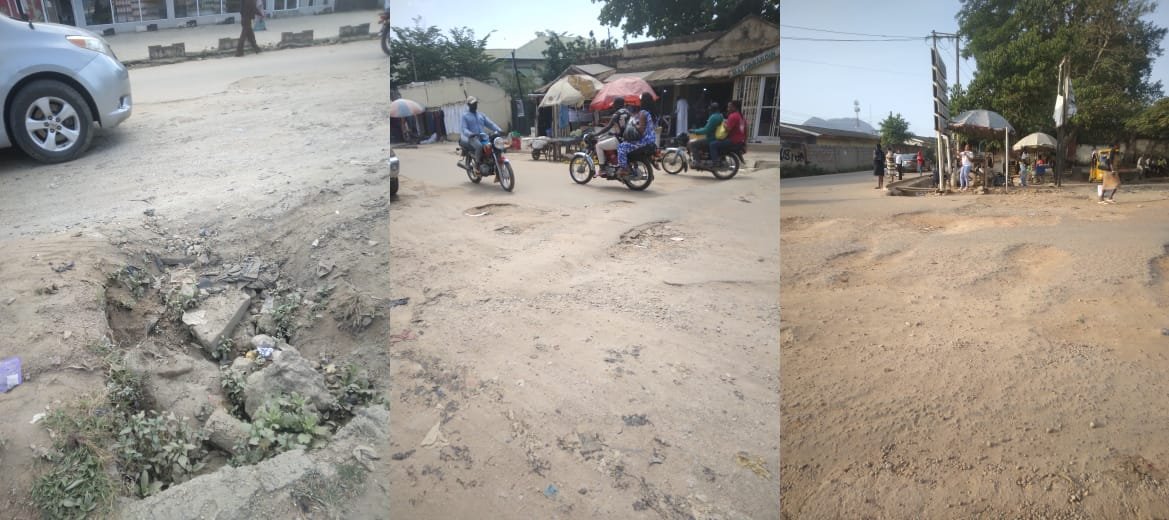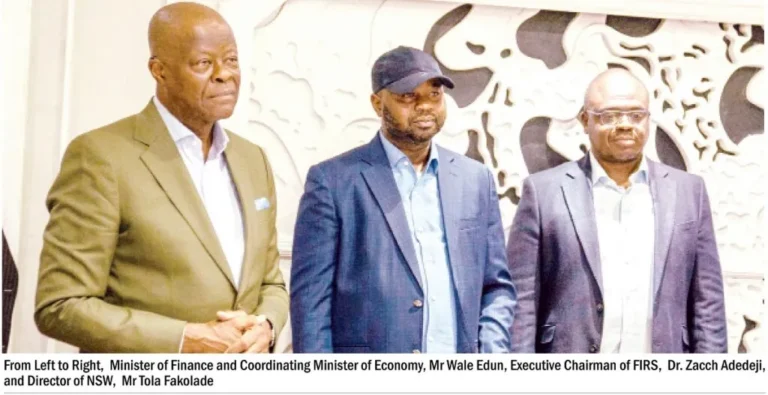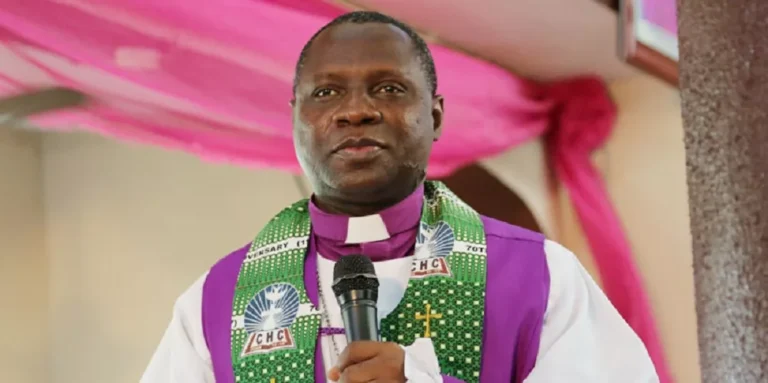
ABUJA, Nigeria – On a humid weekday morning in the Kubwa district of Abuja, the road stretching toward the General Hospital in Phase 4 offers a stark reminder of how critical infrastructure can shape the lives of communities.
The once-smooth route now resembles a rugged earth track, carved into uneven surfaces and pools of brown rainwater. Motorists inch forward slowly; pedestrians step carefully, balancing between mud and broken ground. For residents of Kukuwaba and Chikakore, communities within the bustling Kubwa axis, this daily navigation is not merely inconvenient—it has become the defining challenge of everyday life. Oluwafunbi Bello, writes.
“I spend money frequently on repairs because the bad roads keep damaging my bumper. It’s like every week there’s a new problem with the car,” said Mr. Jubril, a commercial driver who plies the neighbourhood. What should be a straightforward route to earn a day’s income has become a physical and financial ordeal.
Kubwa has grown rapidly over the past decade, drawing families, traders, and workers seeking more affordable living outside central Abuja. Yet in Kukuwaba and Chikakore, development has not kept pace with expansion. The absence of reliable roads has not only shaped movement—it has shaped lives.
Roads That Disappear When It Rains
A visit to Kukuwaba, Chikakore, and Phase 4 reveals the full extent of this decay. Asphalt has long peeled away. Erosion has shaped new paths of its own. In some stretches, gullies run so deep that only motorcycles can pass. In others, stagnant water remains days after rainfall, turning minor commutes into complicated manoeuvres.
For many families, simply getting out of the neighbourhood requires preparation and sometimes reconsideration.
“I don’t go out frequently because of the bad road; I prioritise my safety,” said Mr. James Emmanuel, a resident who now plans his movements around the weather.
Traders and business owners are equally distressed. Perishable and fragile items—especially eggs—are often damaged before they reach shop shelves.
“The bad roads cause damage to some of my goods, especially eggs, before they even get to me,” lamented Mr. Adebusola, a trader based in Chikakore.
Local mechanics confirm that vehicle damage linked to these roads forms a major part of their daily work. “Most of the jobs we handle here are suspension, wheel balance, and tyre issues. And they are all caused by these roads,” one mechanic in Phase 4 explained.
Health Access Under Threat
The proximity of the damaged road to Kubwa General Hospital raises serious concerns. Residents describe situations where ambulances are forced to slow down, delaying urgent care.
A nurse at the hospital, who asked not to be named, expressed deep concern:
“Imagine someone in critical condition, and the ambulance has to keep stopping because the road cannot allow speed. Lives are being risked every day.”
Residents shared stories of pregnant women, accident victims, and sick children whose journeys to the hospital were complicated by treacherous road conditions.
Community Efforts Offer Only Temporary Relief
In Chikakore and Kukuwaba, residents have attempted to fill potholes with sand, stones, and broken blocks. Youth groups have organised drainage clearing and makeshift patch repairs.
But the repairs wash away quickly. “We contribute money sometimes,” explained a youth leader in Kukuwaba. “But how much can we do? We are not the government. We cannot rebuild a whole road.”
The fatigue from repeated self-help efforts is clear. The community wants durable infrastructure—not survival improvisation.
Local Government Response: A Familiar Refrain
When contacted, an official of the Bwari Area Council, who refused his name mentioned as he is not given the authority to speak acknowledged the poor road conditions, insisting that the Council has not abandoned the affected communities.
“We have renovated some classrooms and provided toilet facilities in Byazhin in collaboration with WaterAid,” the official said, adding that the Council was “working within available resources.”
To residents, however, these assurances feel incomplete. They argue that the scale of the road problem requires direct intervention, clear timelines, and transparency.
What the Crumbling Roads Reveal
The situation in Kukuwaba and Chikakore reflects a broader challenge faced by expanding communities on the edge of Nigeria’s major cities: infrastructure often comes last—after settlement, after building, after populations grow. This pattern deepens inequality, particularly for working-class families who rely heavily on ease of movement for daily survival.
Experts say that overlooking roads is equivalent to overlooking the livelihood of a community. Roads connect homes to hospitals, markets to suppliers, workers to income. When they fail, everything slows—sometimes to a stop.
What Residents Want Now
Residents are calling for: Immediate grading and temporary stabilisation of the worst routes, a clear project timeline for full rehabilitation, collaborative funding between local, federal, and private sector stakeholders, and maintenance planning to ensure roads do not deteriorate again
Their message is straightforward: development must consider them too.
“We are not asking for something special,” said one resident. “Just a road. A road that works.”
As Kukuwaba and Chikakore continue to grow, the condition of their roads will shape not only movement, but opportunity, dignity, and community cohesion. Whether their long-standing frustration translates into meaningful change now depends on the willingness of authorities to listen—and act.
For now, residents continue navigating potholes and uncertainty, hoping that one day, their daily journey will no longer feel like an uphill battle.




